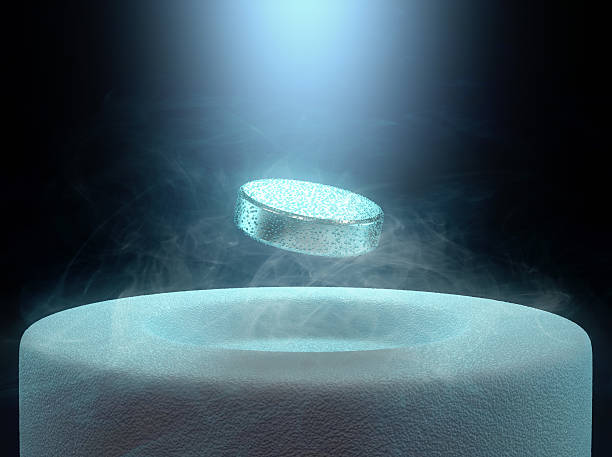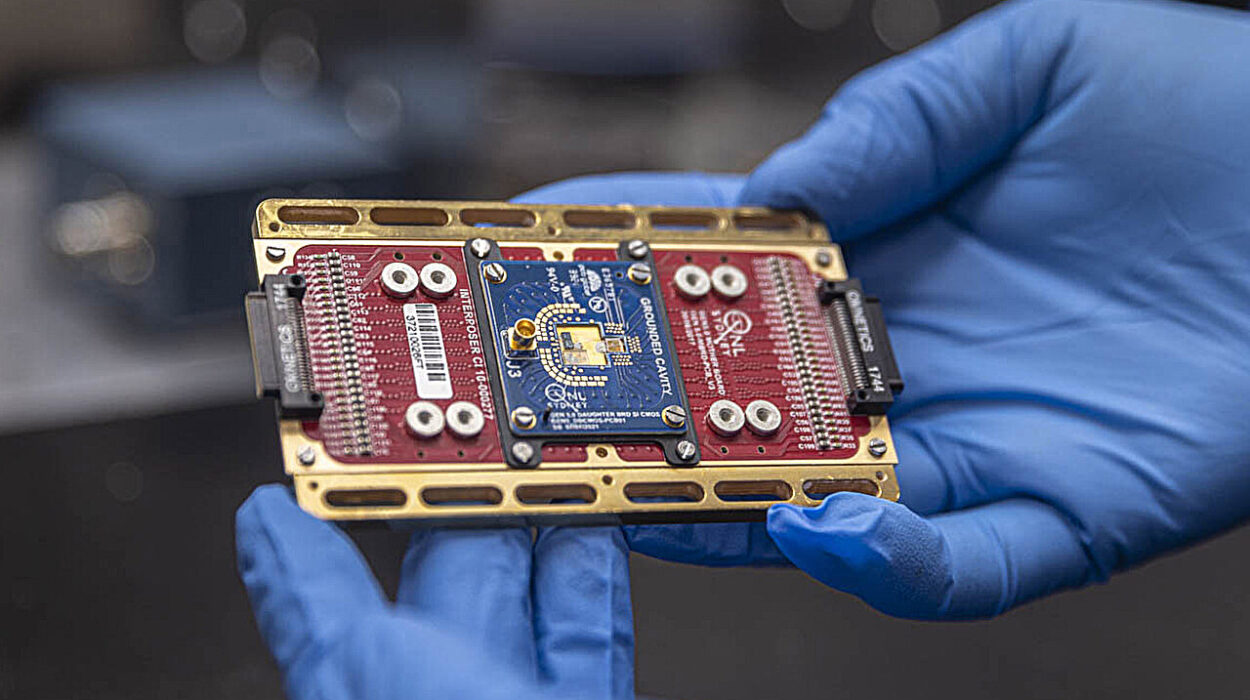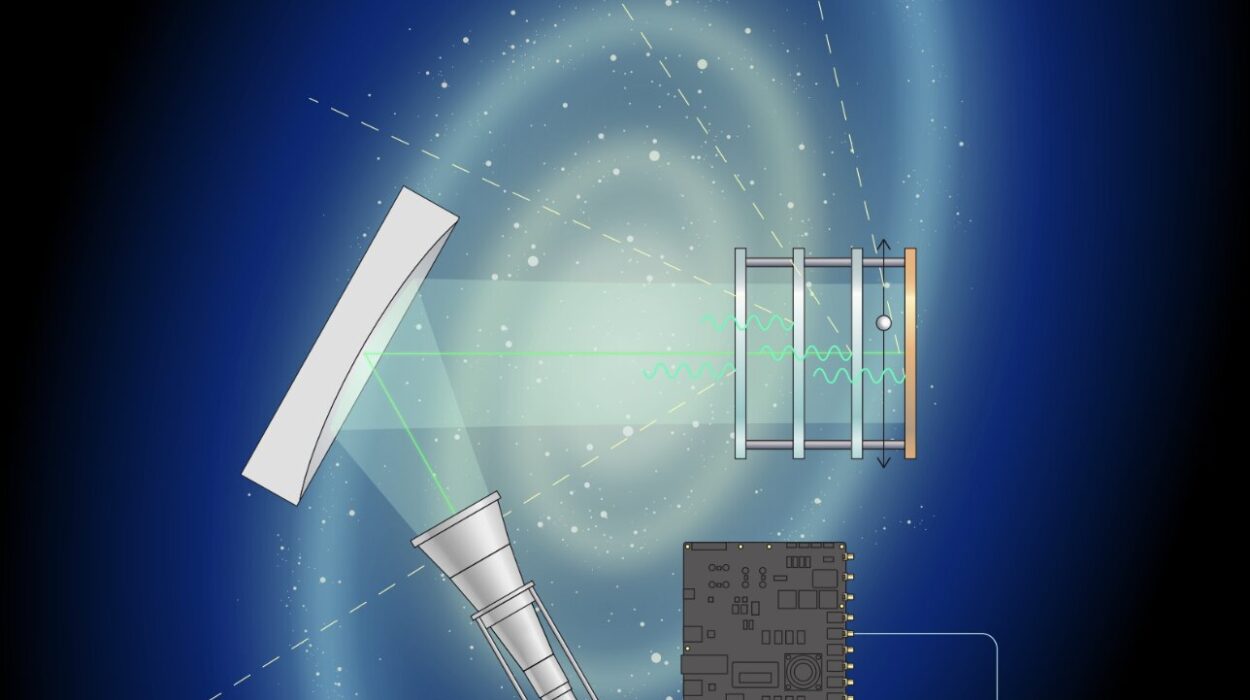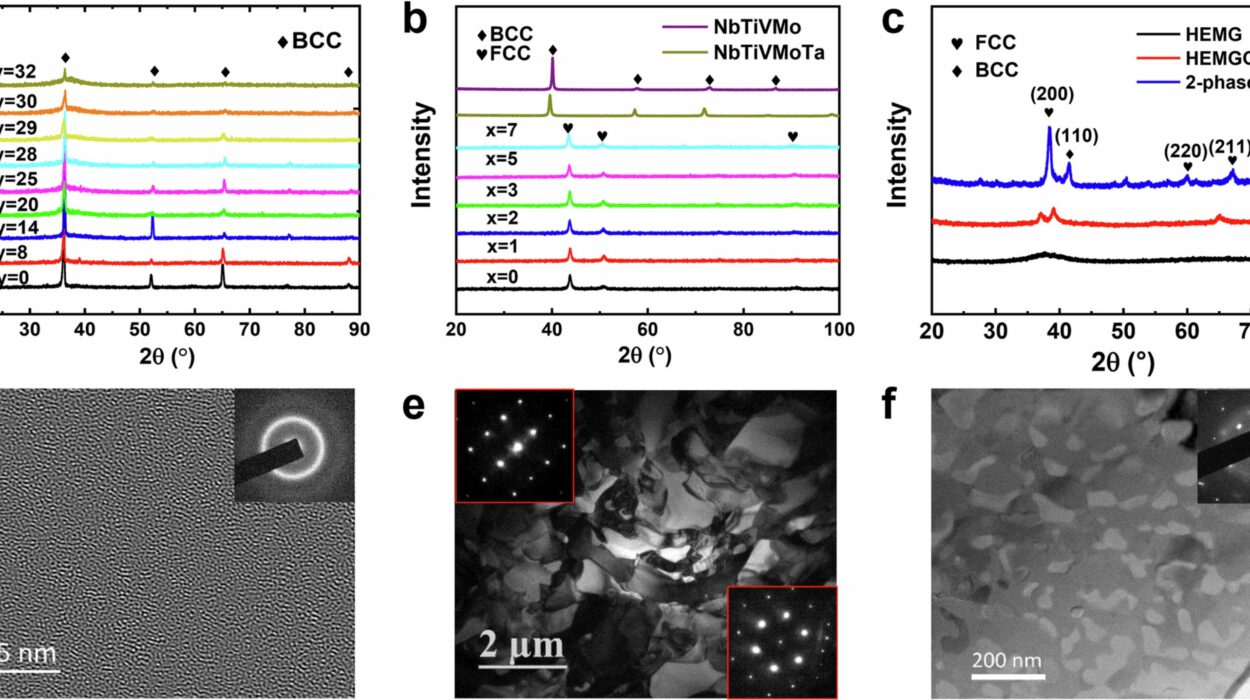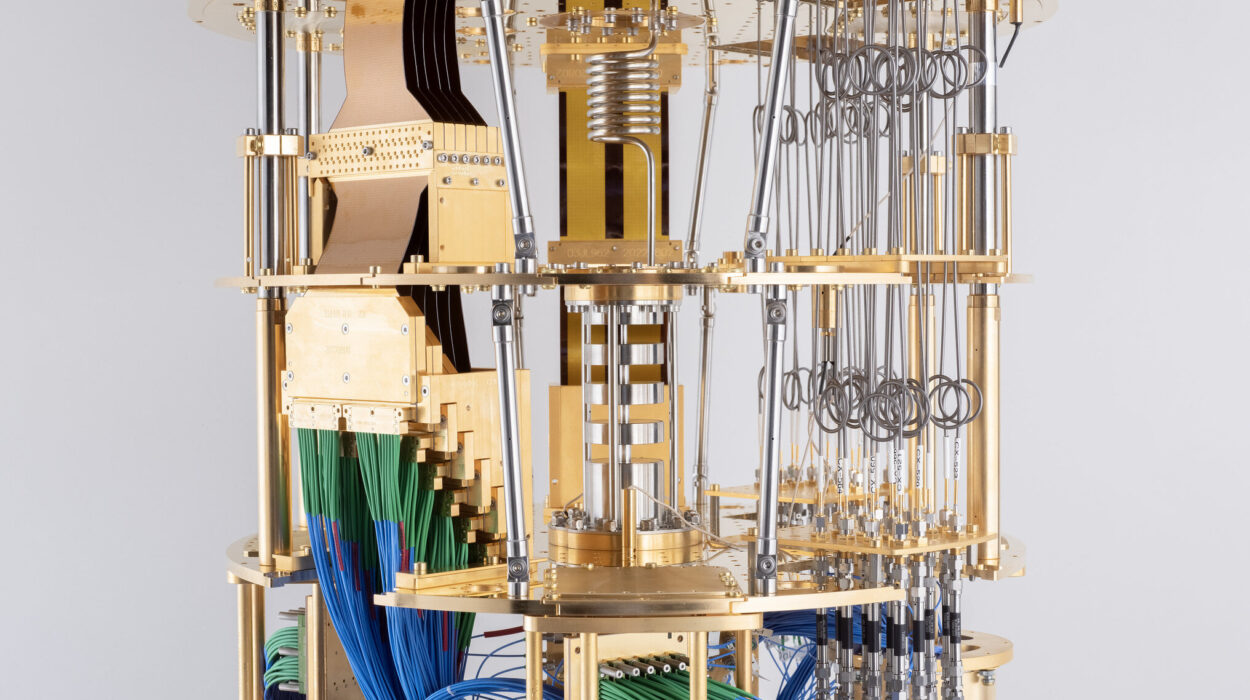In the vast and intricate world of physics, certain phenomena remain so profoundly fascinating that they seem to border on science fiction. Superconductivity is one of those marvels—a state of matter where electrical resistance vanishes completely and magnetic fields are expelled in mesmerizing ways. Imagine a world where power lines lose no energy, where trains float effortlessly above tracks, and where quantum computers hum with unprecedented power. That world isn’t just theoretical; it’s being built today, and superconductors are at its heart.
Superconductivity challenges everything we think we know about electricity. Under the right conditions, certain materials can conduct electric current without any resistance, meaning no energy is lost to heat. This stands in stark contrast to our everyday experiences, where wires heat up, batteries drain, and devices consume power with every operation.
The story of superconductors is one of accidental discoveries, brilliant theories, and cutting-edge technologies. It spans more than a century, from cryogenic experiments in the early 1900s to quantum breakthroughs in the 21st century. To truly appreciate the power and potential of superconductors, we must journey deep into the realms of condensed matter physics, quantum mechanics, and even materials science. But fear not—this journey, though filled with complex concepts, will be navigated with clarity and wonder.
A Century Ago: The Accidental Discovery That Started It All
In 1911, a Dutch physicist named Heike Kamerlingh Onnes was conducting experiments with mercury at extremely low temperatures. At his laboratory in Leiden, Netherlands, he had mastered the art of liquefying helium, allowing him to reach temperatures just above absolute zero—a realm few had ever explored. Onnes was curious about how metals behaved at such low temperatures. Did their resistance gradually fade, or did it stabilize?
What he discovered defied all expectations. As he cooled a thin wire of mercury below 4.2 Kelvin (just a few degrees above absolute zero), its electrical resistance didn’t just decrease—it completely vanished. Electricity flowed through the wire as if it were gliding on frictionless rails. This state, previously unknown to science, was dubbed “superconductivity.”
The implications were staggering. If resistance could drop to zero, then theoretically, a current could circulate forever in a superconducting loop without any energy input. But at the time, no one understood why this happened. Superconductivity had no clear theoretical basis. It was a physical riddle, hiding in the shadows of extreme cold.
The Strange and Beautiful Properties of Superconductors
Superconductors possess two hallmark properties. The first is zero electrical resistance, allowing current to move unimpeded through the material. This alone is extraordinary, as in normal conductors like copper or silver, electrons scatter off atoms, losing energy as heat. In a superconductor, this scattering seems to vanish.
The second property is even more mysterious: the Meissner effect. When a material enters the superconducting state, it actively expels all magnetic fields from its interior. Place a magnet near a superconductor, and the magnet will levitate, suspended above the material by invisible forces. This isn’t just resistance to magnetism—it’s a complete rejection. It’s as if the superconductor builds an invisible wall that magnetic fields cannot penetrate.
The Meissner effect reveals that superconductivity isn’t just perfect conductivity. It’s an entirely new thermodynamic phase of matter, with quantum properties on a macroscopic scale. To understand this, we must dive into the quantum world.
The Quantum Secret: Cooper Pairs and the BCS Theory
For decades after Onnes’s discovery, physicists struggled to explain superconductivity. Finally, in 1957, a breakthrough arrived with the Bardeen-Cooper-Schrieffer (BCS) theory—a quantum mechanical explanation that changed everything.
According to BCS theory, at low enough temperatures, electrons in a conductor can form pairs, known as Cooper pairs. Ordinarily, electrons repel each other due to their negative charge. But in a superconducting material, vibrations in the crystal lattice—phonons—can mediate an attractive interaction between electrons, allowing them to pair up under special conditions.
These Cooper pairs behave very differently from individual electrons. Instead of moving independently, they form a coherent quantum state—a single, unified wavefunction that spans the entire material. This quantum state has no scattering, no resistance, and no dissipation. Cooper pairs glide effortlessly through the lattice, immune to the usual chaos of atomic vibrations.
What’s even more astonishing is that this quantum coherence exists on a macroscopic scale. Superconductors are not just quantum at the microscopic level; their entire electrical behavior is governed by quantum mechanics. This bridges two seemingly separate worlds—the small and the large—in a seamless dance of physics.
High-Temperature Superconductors: Breaking the Cold Barrier
For much of the 20th century, superconductivity seemed relegated to extreme cold. Traditional superconductors, like lead or niobium, required chilling with liquid helium to temperatures near absolute zero. This made them expensive and impractical for widespread use.
But in 1986, two scientists—Georg Bednorz and K. Alex Müller—made a discovery that shocked the physics community. They found that certain ceramic materials, specifically copper oxide-based compounds called cuprates, could become superconducting at much higher temperatures—up to 35 Kelvin. This may still sound cold, but it was a significant leap forward.
Soon, even higher temperature superconductors were discovered, some with critical temperatures above the boiling point of liquid nitrogen (77 K), a cheap and readily available coolant. These materials, known as high-temperature superconductors, opened new avenues for applications and research. Bednorz and Müller won the Nobel Prize in 1987, and the race was on to discover the ultimate superconductor.
Yet these high-Tc materials were also puzzling. Their behavior could not be fully explained by BCS theory. Their internal structure, magnetic properties, and electron interactions were far more complex. Understanding them became one of the greatest challenges in modern physics—a puzzle that remains partially unsolved to this day.
The Search for Room-Temperature Superconductivity
The holy grail of superconductivity research is a material that exhibits superconductivity at or near room temperature. Such a material would revolutionize technology: lossless power grids, magnetic levitation transport, compact fusion reactors, and ultra-powerful quantum computers would become not only feasible but practical.
In recent years, tantalizing progress has been made. In 2020, researchers at the University of Rochester announced the discovery of a hydrogen-rich material that exhibited superconductivity at 15°C (59°F)—room temperature. However, there was a catch: the material required extreme pressure, over 267 gigapascals, to function—about two million times atmospheric pressure.
These pressure conditions are only achievable in specialized diamond anvil cells, making the material impractical for real-world use. Still, it was proof that room-temperature superconductivity is possible in principle. Scientists now aim to find materials that replicate this behavior at ambient pressure—a goal that would herald a new era in physics and engineering.
Superconductors in Technology: From MRI Machines to Maglev Trains
Even without room-temperature superconductors, existing materials have found their way into a variety of technologies. One of the most visible is magnetic resonance imaging (MRI). MRI machines use superconducting magnets to generate strong, stable magnetic fields essential for producing detailed images of the human body. The use of superconductors allows these magnets to run without energy loss, improving efficiency and reducing cost over time.
In the world of transportation, superconductors enable magnetic levitation trains, or maglevs. These trains float above the tracks using superconducting magnets, eliminating friction and allowing speeds exceeding 300 mph. While expensive, maglev systems are in operation in countries like Japan and China, offering a glimpse into the future of high-speed transport.
Particle accelerators like the Large Hadron Collider also rely on superconducting magnets to steer and focus beams of particles traveling at near-light speed. The ability to create powerful magnetic fields without electrical resistance is crucial for the stability and precision of these experiments.
Superconducting materials are also essential in quantum computing. Qubits—the quantum bits at the heart of quantum processors—are often made using superconducting circuits that exploit quantum coherence. These circuits can hold and manipulate quantum information in ways that traditional semiconductors cannot.
The Future Frontier: Applications We Can Only Imagine
As research into superconductors continues, the possibilities expand. One of the most promising areas is the development of superconducting power grids. Traditional power lines lose up to 10% of their energy due to resistance. A superconductor-based grid would eliminate these losses, saving billions of dollars annually and reducing the carbon footprint of energy transmission.
Superconductors could also lead to more compact and efficient motors, transformers, and energy storage systems. In fusion energy, superconducting magnets are critical to confining plasma in tokamaks and stellarators—the heart of nuclear fusion reactors that aim to replicate the energy source of the sun.
Then there’s the tantalizing world of quantum devices. Superconductors can detect minute magnetic fields with incredible precision using devices called SQUIDs (Superconducting Quantum Interference Devices). These sensors are used in medical diagnostics, geological surveys, and fundamental physics experiments.
And yet, for all their promise, superconductors remain a mystery in many ways. We still don’t fully understand the mechanisms behind high-temperature superconductivity. We have yet to design a material that combines high temperature with low pressure and easy manufacturability. The road ahead is filled with both challenges and thrilling possibilities.
Conclusion: A World Without Resistance
The physics of superconductors is a journey into the extremes—extreme cold, extreme quantum coherence, and extreme possibilities. From their serendipitous discovery in a Dutch laboratory to the forefront of modern technology and quantum theory, superconductors have captivated scientists for more than a century.
They defy our classical intuitions, revealing a world where electrons move in perfect harmony, where magnetic fields can be tamed, and where energy flows without loss. They have transformed medicine, energized transportation, and laid the groundwork for the quantum revolution.
Yet perhaps the most exciting chapters lie ahead. With every new material discovered, every theory tested, and every pressure cell cracked open, we inch closer to a world powered by superconductivity—a world where resistance is not just low, but nonexistent. In that world, the dreams of physicists become the engines of innovation, and the universe itself hums with the quiet music of perfect flow.
